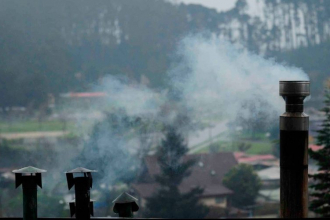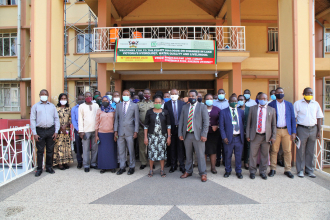Impact of air pollution on short-term movements: evidence from air travels in China
While there is abundant evidence demonstrating that residents permanently migrate in search of locations with cleaner air, there are considerably fewer studies that investigate if travellers also take short-term trips to reduce their exposure to air pollution. In this study, we use a complete dataset of flights at Beijing International Airport to investigate if travel patterns are indeed correlated with air quality-differences across cities in China. Our identification strategy is aided by instrumenting air quality using thermal inversions.






